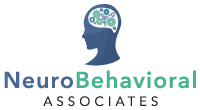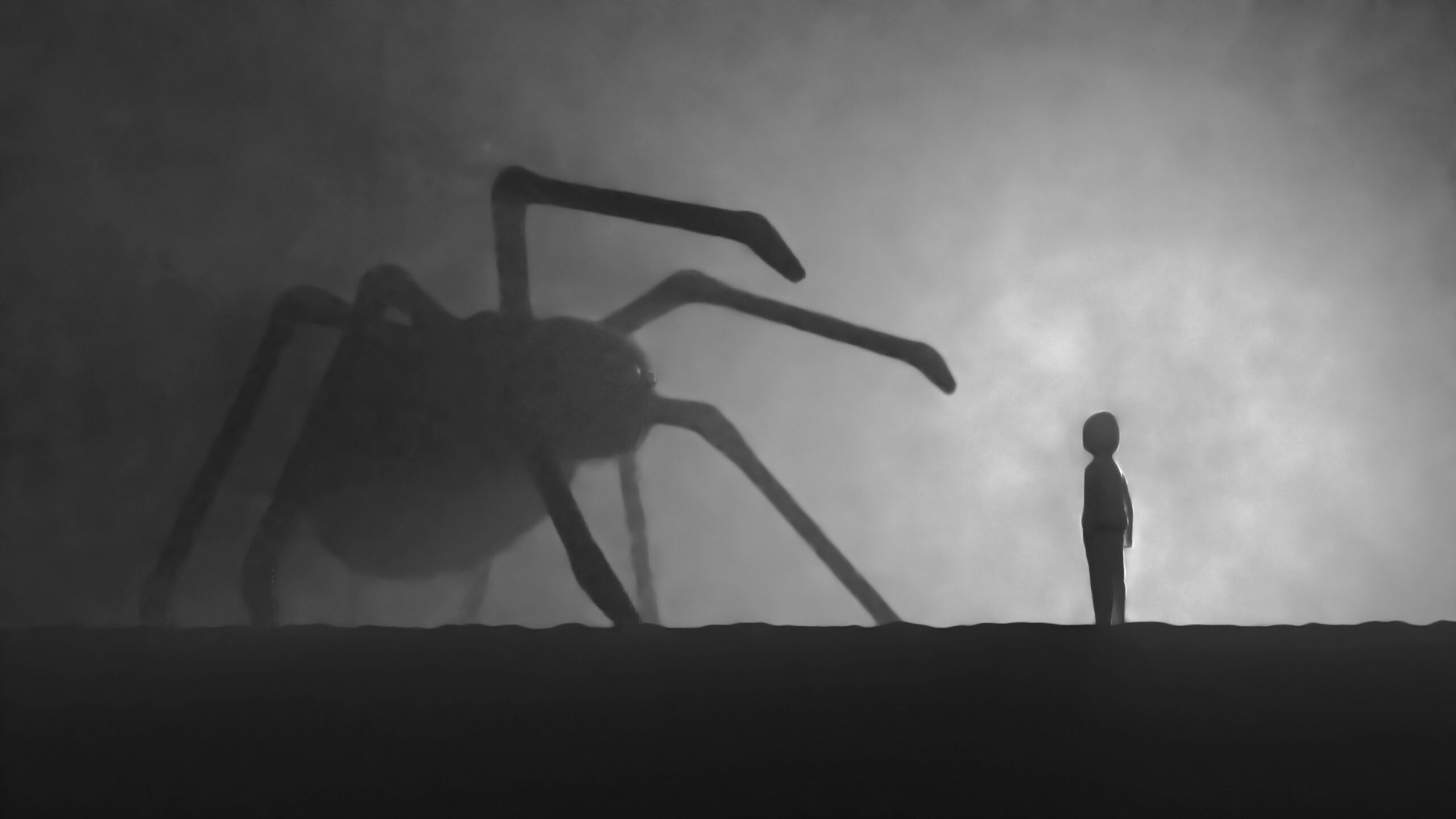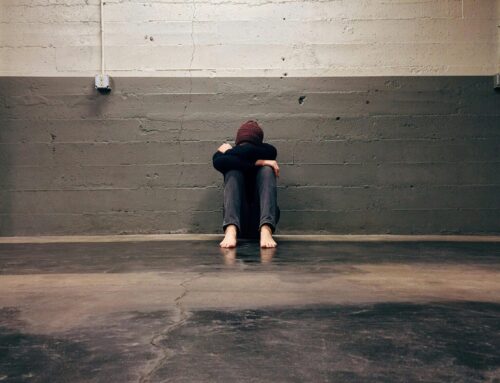Did you know that most people develop phobias during childhood? A phobia is defined as an uncontrollable fear of a situation, place, feeling, or circumstance. Children who suffer from phobias might find it hard to navigate day-to-day life and progress developmentally. In this article, we will explore five different types of phobias and how to help your child overcome them.
Separation Anxiety Disorder
One of the most common phobias that we see in children is called separation anxiety disorder. Separation anxiety disorder is much more severe than just having a strong bond or attachment issues between parent and child. Separation anxiety disorder can make it nearly impossible for children to be without their parents, even if they are in a familiar place or situation.
As you can imagine, this type of disorder makes it hard for children to gain independence, build friendships of their own, and take risks that will help them develop. You can help your child overcome this by practicing independence in small doses. Try to ask your child to grab an item in a different grocery aisle while you stay in the checkout line. Or, have your child practice being home alone as you run to the mailbox or take the dog for a walk.
Social Anxiety Disorder
Next, we will cover social anxiety disorder. Social anxiety disorder is often confused with children being shy or closed off. Social anxiety disorder can make it hard for children to build relationships of their own, or be in new places without parents or loved ones. Children may also experience severe anxiety before social interactions, such as going to school, family gatherings, or extracurricular activities. This phobia can even cause physical symptoms to occur such as nausea, sickness, and headache.
Having open and honest conversations with your child about what situations they are comfortable exploring when it comes to being social is a great first step to overcoming social anxiety disorder. For example, if there is a classmate your child bonds with, try to set up a playdate outside of the classroom for them to get to know each other on a more personal level.
Fear of The Dark
Fear of darkness is a phobia that impacts millions of children across the globe. If your child experiences a panic response as a result of being in a dark place such as their room at bedtime, a movie theater, an amusement park ride, or being outside at nighttime, they might be suffering from a phobia of darkness.
When working to overcome fear of the dark, practicing a healthy nighttime routine can be extremely beneficial. Try to do a calming activity such as reading a book or completing a puzzle before bedtime, and making your child’s room as comfortable as possible before they go to sleep.
Fear of Failure
Every single person, child or adult, will experience fear of failure at one point or another in their lives. However, this feeling can become intensified if a child develops a phobia of failure. Fear of failure can be detrimental to childhood development and growth, as it prevents children from branching outside of their comfort zones, trying new things, and learning new skills.
If you notice your child refusing to take on new tasks, try activities independently, or even listen to new information, they might be suffering from a phobia of failure. Exposure therapy is one of the best ways to tackle the fear of failure, especially in children. You can join your child in overcoming this fear by attempting something new together! For example, you can take an archery class, go to pottery painting, or even try to learn a new instrument.
Agoraphobia in Children
Agoraphobia is another childhood phobia that can begin to develop during childhood. Agoraphobia is defined as the fear of open spaces, specifically ones that are large and empty. If your child shows difficulty being in an environment such as spacious playgrounds, open sports fields, empty movie theaters, or even being left alone in a space where there is little light to see one’s surroundings, this might be assigned that they are struggling.
Exposing your child to safe open spaces during the daytime when the areas are less crowded can be a great way to help your child cope with their fear. Exploring parks, playgrounds, open sports fields, and more can be freeing for both you and your child.
We hope this article helped you better understand what childhood phobias are, and how to detect these five if your child is struggling. To seek professional help, contact Neurobehavioral Associates today.






